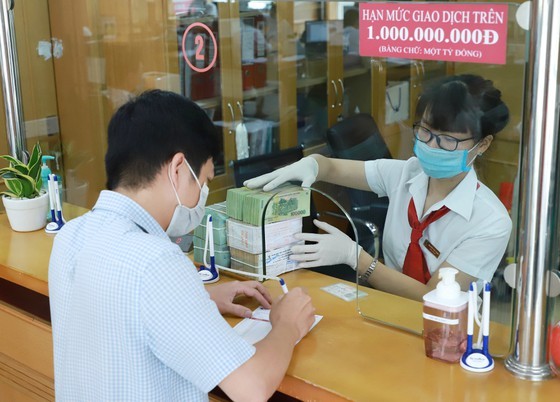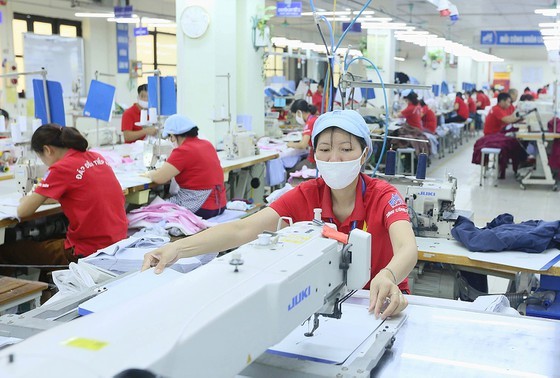
Minister of Planning and Investment Nguyen Chi Dung mentioned the national mission of entering the list of upper-middle income countries after 10-15 years via taking full advantage of all possible opportunities created by Industry 4.0, signed free trade agreements, and the golden population structure.
Delegate Nguyen Ngoc Son from Hai Duong Province voice his opinion that despite the public debt ceiling and deadlines of due debts compared to the total annual budget revenues, the room of the fiscal policy is still larger than the one of the monetary policy when coping with the pressure of increasing debt and inflation control. He, therefore, thought that it is possible to rise budget deficit for the next two years higher than the current 4 percent of GDP in order to financially support businesses.
Dr. Tran Van Luc from BIDV Bank informed that the rate of global budget deficit has grown by 7 percent from 3.2 percent lately. Hence, he suggested that Vietnam should approve a non-cyclical ease like above to create more jobs and increase the national economic scale and GDP for development. This, in turn, will automatically help reduce budget deficit and public debt. Then comes the road map to fiscal consolidation and macro economy.
Chairman of the National Assembly Vuong Dinh Hue concerned that besides a correct evaluation the current economic status of the nation in order to devise a feasible recovery program, it is necessary to take into account the economy’s ability to absorb capital so as to accelerate the disbursement process. This worry of slow disbursement is shared by Minister Dung.
Former President of Vietnam Chamber of Commerce and Industry Vu Tien Loc raised his concern regarding support packages related to public investment that the disbursement acceleration at all costs might lead to capital investment flowing into inefficient projects. To avoid that, this investment should focus on key national projects under strict monitoring of the National Assembly.
He added at administrative procedures should be simplified to boost public investment, while the public-private partnership model should be wider promoted to mobilize resources in the community on the basis of ensuring interest harmony. It is unwise to push all risks and difficulties to the public and private businesses.

Former Head of the Central Institute for Economic Management of Vietnam Nguyen Dinh Cung stated that it is essential to introduce the three requirements for this socio-economic recovery and development program: detailed, clear, comprehensible, feasible solutions; consistent implementation; and proper evaluation, checking. Along with that is a reform in implementation methods without too much dependence on traditional administrative procedures and administrative approval process.
He suggested that this program should be done in 3 years from 2022, with the general goal of quickly recovering and accelerating the GDP increase speed. Most importantly, the Government should try to gain a consensus from the whole community to finish this economic recovery program.
Chairman of Ho Chi Minh City Passenger Transport Association Le Trung Tinh said that goods flow must be maintained in all situations, which means proper support to transportation enterprises, especially when fuel prices witness a rise yet the transport demands among the public or goods is not too high. He proposed that the Government should postpone certain regulations that ask for business budget to save resources for restarting their operation.
Dr. Pham Tran Hai from the HCMC Institute for Development Studies shared that governments and international sponsoring organizations usually use the Cost - Benefit Analysis tool (CBA) to evaluate the necessity and priority level of an investment project to the society. Vietnam should consider this tool to select public investment projects that are leveraged and pervasive to boost socio-economic growth effectively.
























